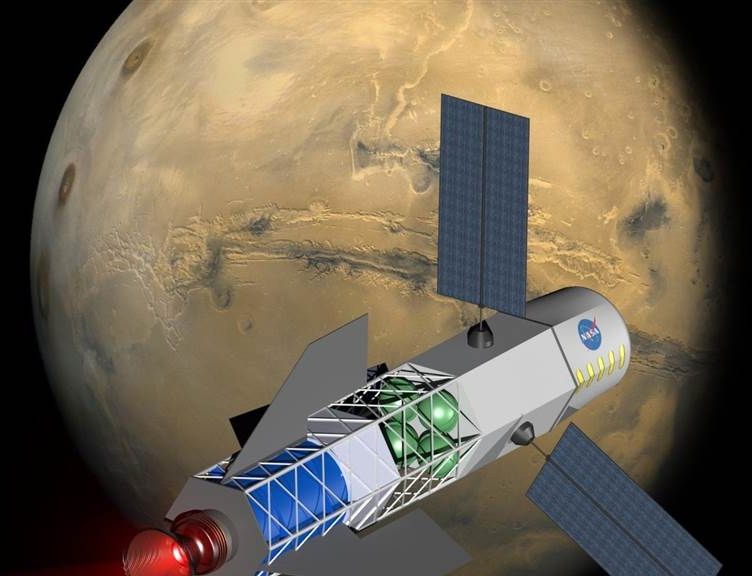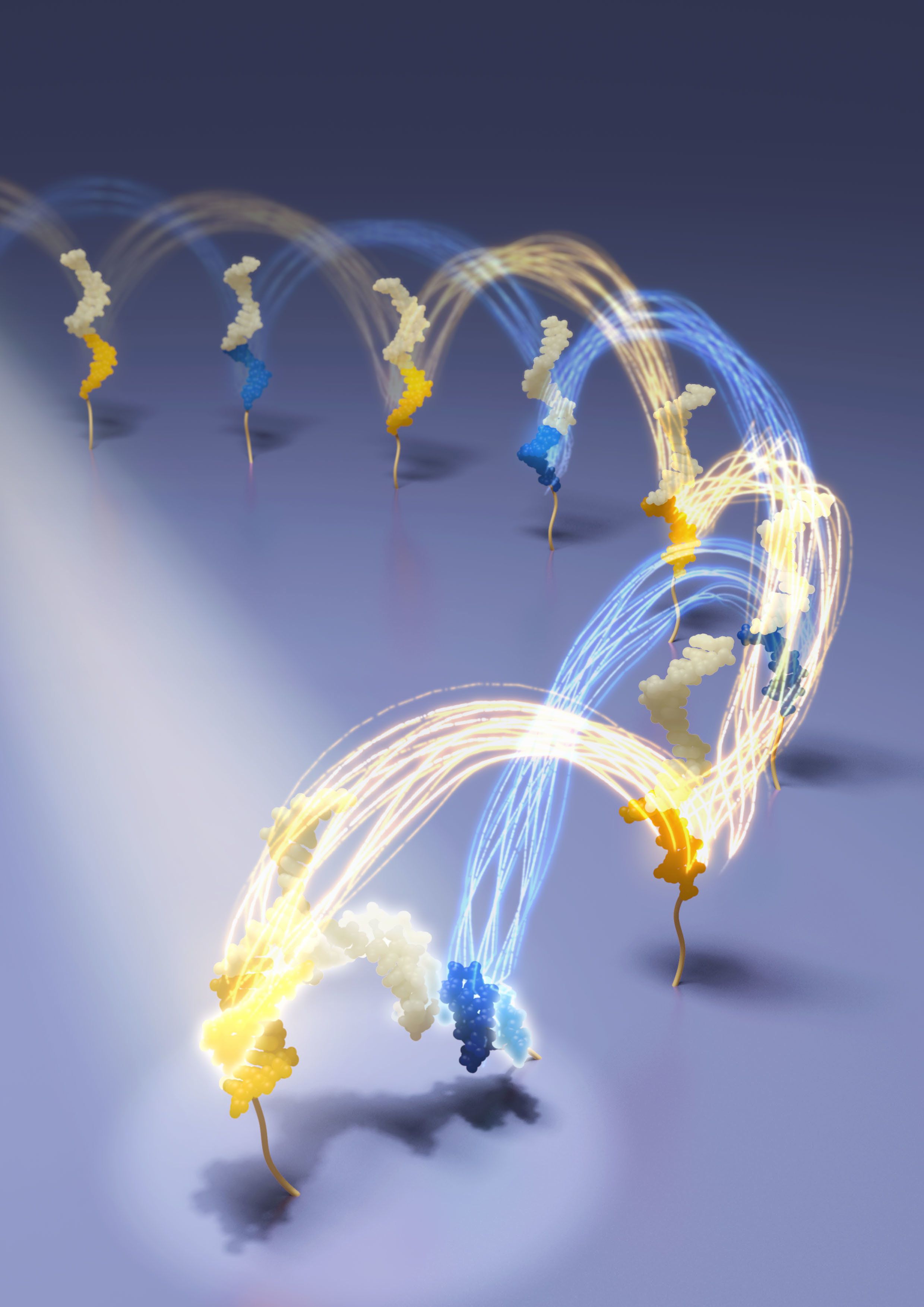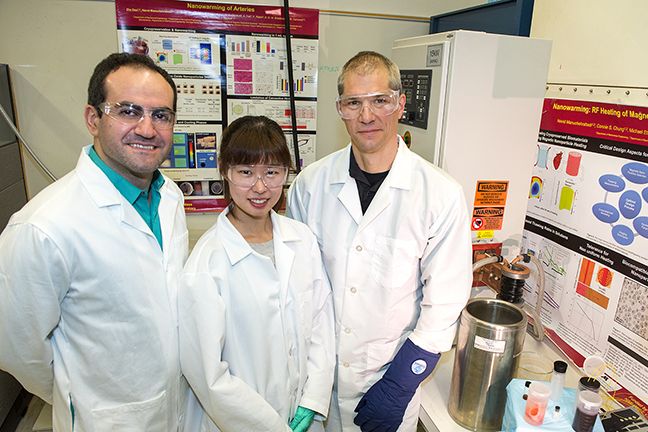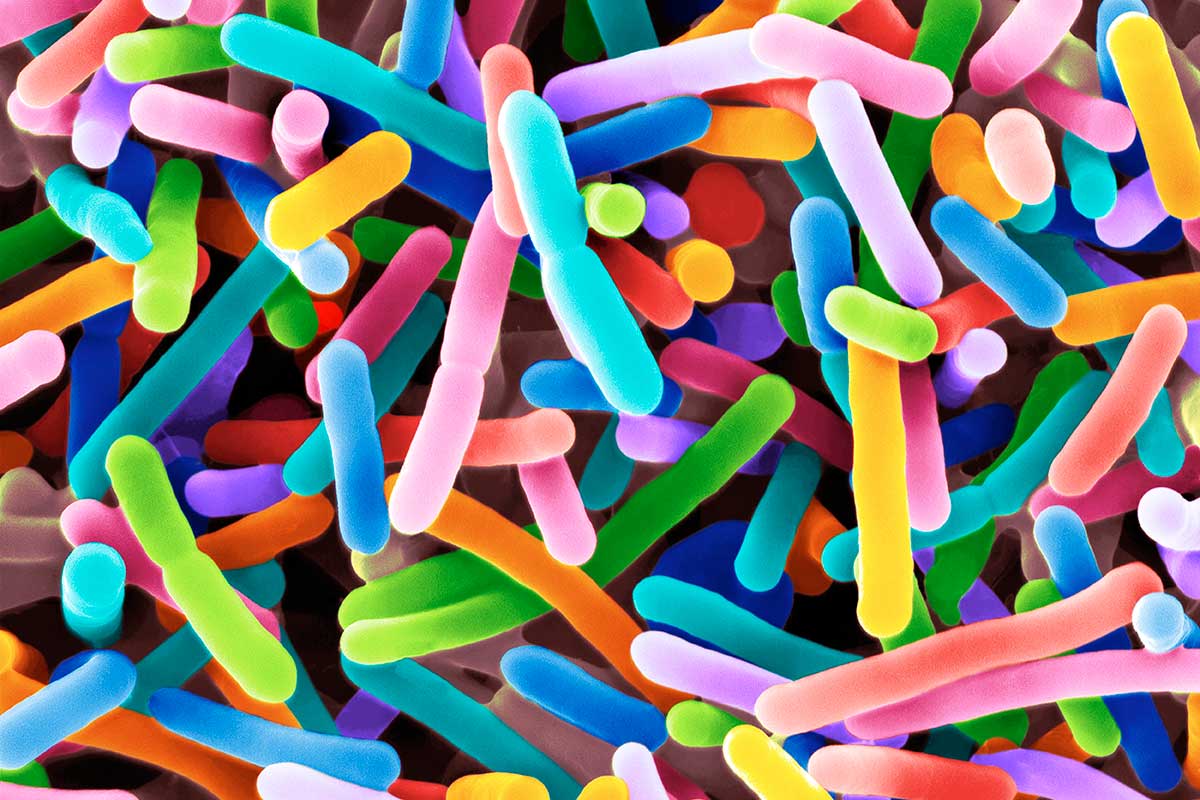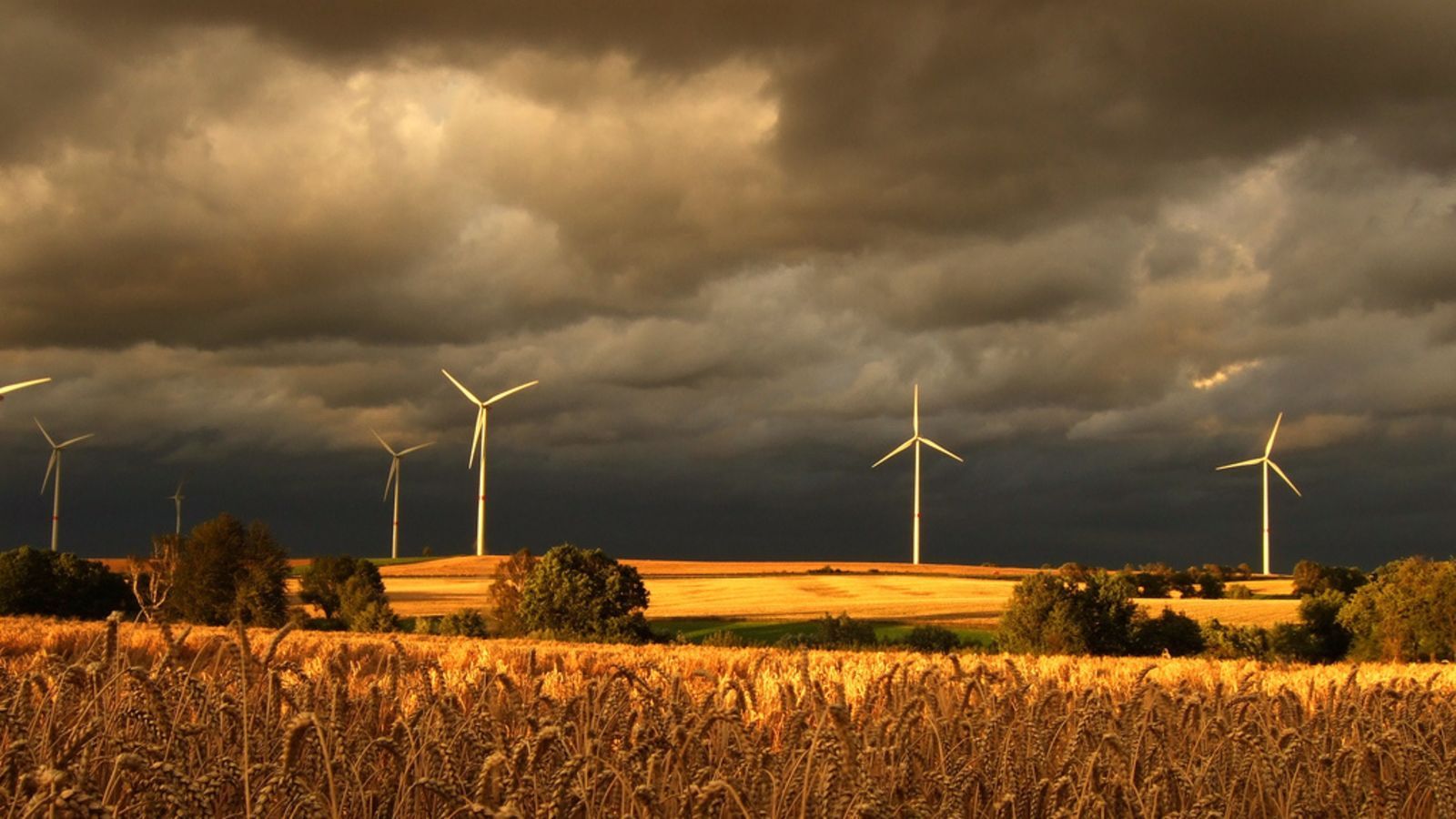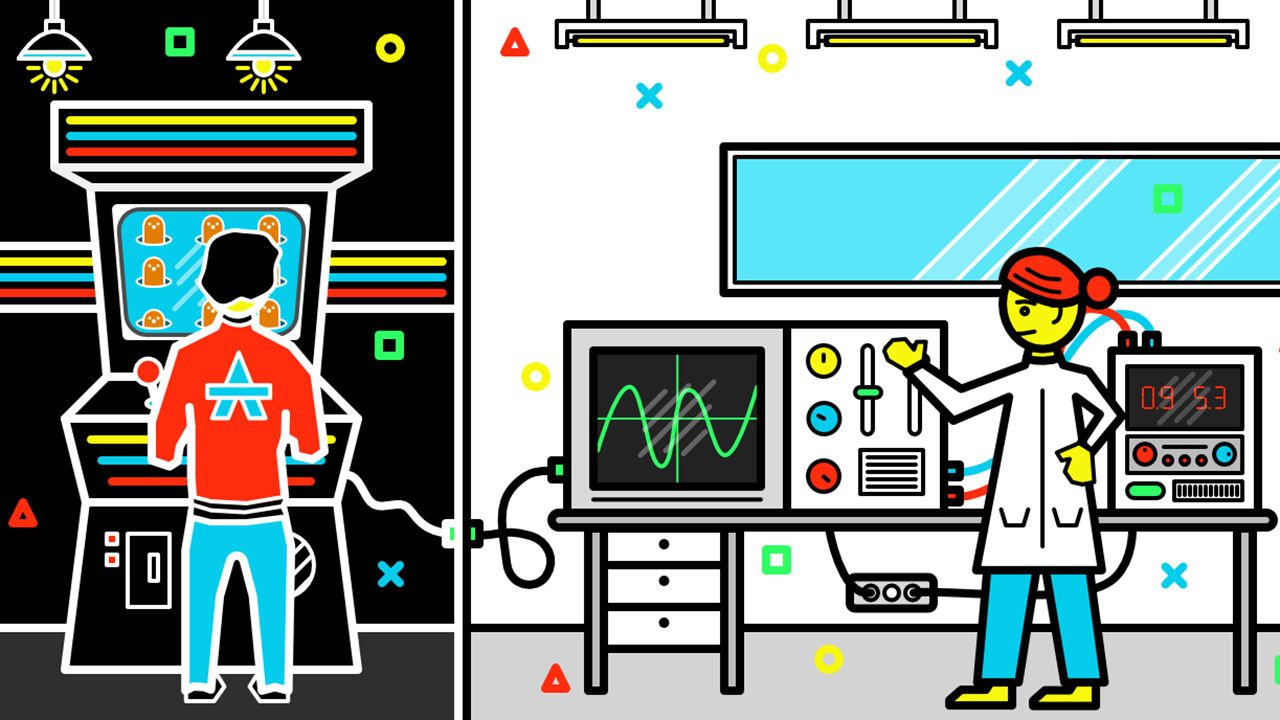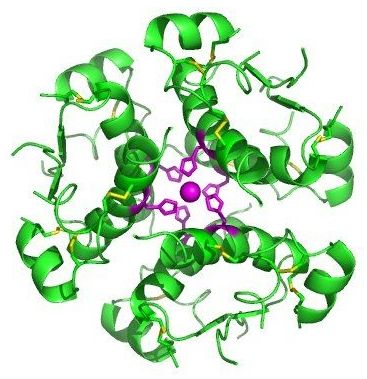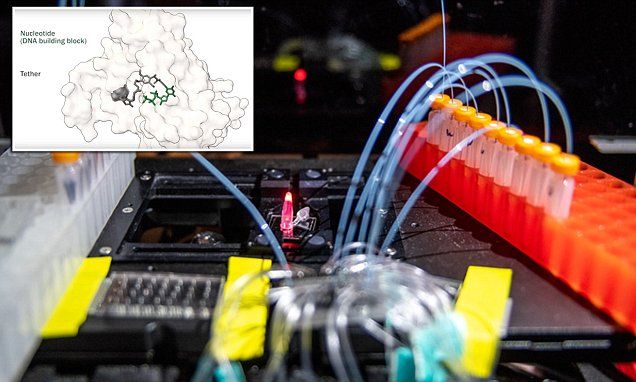Get breaking news alerts and special reports. The news and stories that matter, delivered weekday mornings.
The smallest Imperial Walker to ever attack the rebel alliance.
When it comes to matching simplicity with staggering creative potential, DNA may hold the prize. Built from an alphabet of just four nucleic acids, DNA provides the floorplan from which all earthly life is constructed.
But DNA’s remarkable versatility doesn’t end there. Researchers have managed to coax segments of DNA into performing a host of useful tricks. DNA sequences can form logical circuits for nanoelectronic applications. They have been used to perform sophisticated mathematical computations, like finding the optimal path between multiple cities. And DNA is the basis for a new breed of tiny robots and nanomachines. Measuring thousands of times smaller than a bacterium, such devices can carry out a multitude of tasks.
In new research, Hao Yan of Arizona State University and his colleagues describe an innovative DNA walker, capable of rapidly traversing a prepared track. Rather than slow, tentative steps across a surface, the DNA acrobat cartwheels head over heels, covering ground 10- to 100-fold faster than previous devices.
MINNEAPOLIS/ST.PAUL (03/01/17) — A research team, led by the University of Minnesota, has discovered a groundbreaking process to successfully rewarm large-scale animal heart valves and blood vessels preserved at very low temperatures. The discovery is a major step forward in saving millions of human lives by increasing the availability of organs and tissues for transplantation through the establishment of tissue and organ banks.
The research was published today in Science Translational Medicine, a peer-reviewed research journal published by the American Association for the Advancement of Sciences (AAAS). The University of Minnesota holds two patents related to this discovery.
“This is the first time that anyone has been able to scale up to a larger biological system and demonstrate successful, fast, and uniform warming hundreds of degrees Celsius per minute of preserved tissue without damaging the tissue,” said University of Minnesota mechanical engineering and biomedical engineering professor John Bischof, the senior author of the study.
Let’s imagine it’s mid flu season, and a stranger at the grocery store sneezes on you.
Wouldn’t it be great to know if you’re destined for weeks of sweats and chills; or if, by the grace of your immune system, you might just make it out unscathed?
Purvesh Khatri, PhD, associate professor of medicine at Stanford, has discovered a biomarker in the blood may be able to do just that. It’s a gene that codes for a protein that lives on the surface of a type of immune cell known as a “natural killer” cell. The findings of the study, published in Genome Medicine, have been in the works for about four years, and it’s the first time (to Khatri’s knowledge) that a biomarker for flu susceptibility has been identified.
Renewable resources are great, but they bring a new element of uncertainty to a power grid. This element can lead to failure in surprising ways, according to a new paper.
A team of researchers built a model of power grids that transport electricity from solar and wind power. That means that there are places where the grid receives fluctuating inputs of power, since levels of sunlight and wind and vary.
A team of researchers from ETH Zurich and the University of Basel in Switzerland and Institut Universitaire de Technologie in France has that found that embryonic kidney cells engineered to produce insulin when exposed to caffeine were able to reduce glucose levels in mouse models. In their paper published in the journal Nature, the group describes their efforts and how well it worked in the mouse models.
People with diabetes suffer from higher than normal levels of glucose in the blood, which can lead to a host of health problems. Current treatments include drugs that make cells more sensitive to insulin, or injection of insulin to make more of it available to cells that need it. In this new effort, the researchers have developed a new way to get more insulin into the body when it is needed most.
Instead of adding insulin externally, the researchers engineered embryonic kidney cells to produce it—but only when they were exposed to caffeine. The team chose caffeine because it has been so extensively studied and because the majority of people consume caffeinated beverages, such as coffee and soft drinks. They point out that caffeine is also a substance that appears very rarely in other foods, making its ingestion easy to regulate. The engineered cells were covered with a material that protected them from the immune system and were then put into a device that was implanted into the abdomens of mice that had been engineered to have diabetes. The researchers note that glucose levels tend to spike after people (and mice) eat sugar or food material that the body converts to sucrose. Thus, the optimal time for giving the mice caffeine would be after eating.
A revolutionary new DNA tool could help take humanity a step closer to eternal life. The device (pictured) pioneers a new technique that makes it cheaper and easier to synthesise genes ‘overnight’, say scientists — a process that normally takes several days.
Scientists at the University of California at Berkeley said it could lead to ‘DNA printers’ in research labs that work like the 3D printers in many modern workshops.
‘If you’re a mechanical engineer, it’s really nice to have a 3D printer in your shop that can print out a part overnight so you can test it the next morning,’ said UC Berkeley graduate student Dan Arlow.
